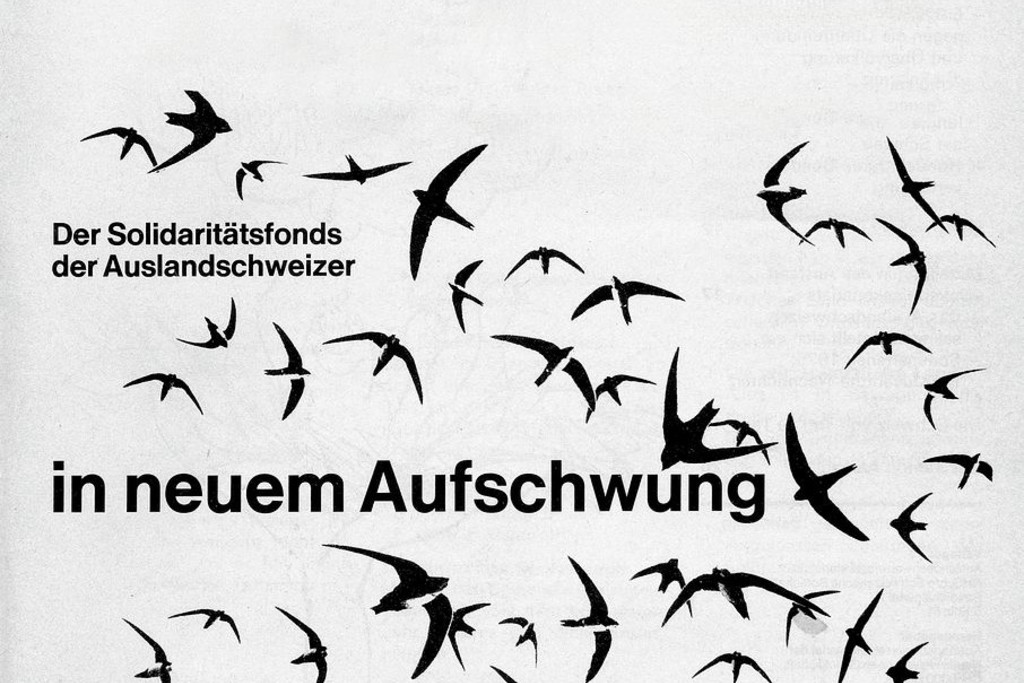
1974

1979
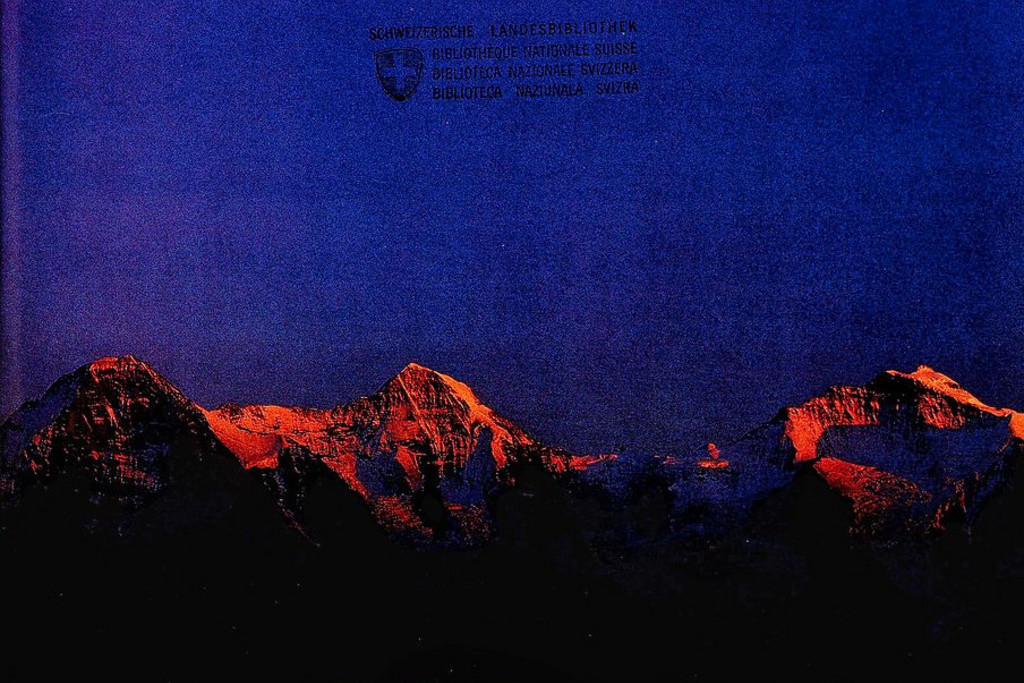
1987
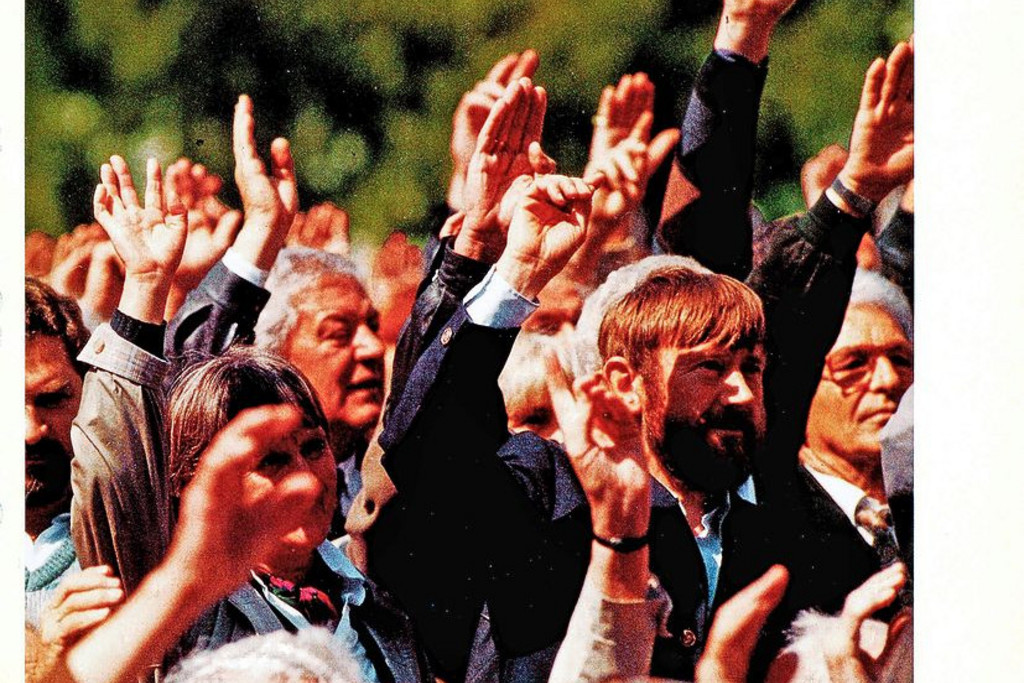
1992

1993

2003

2006

2014

2015
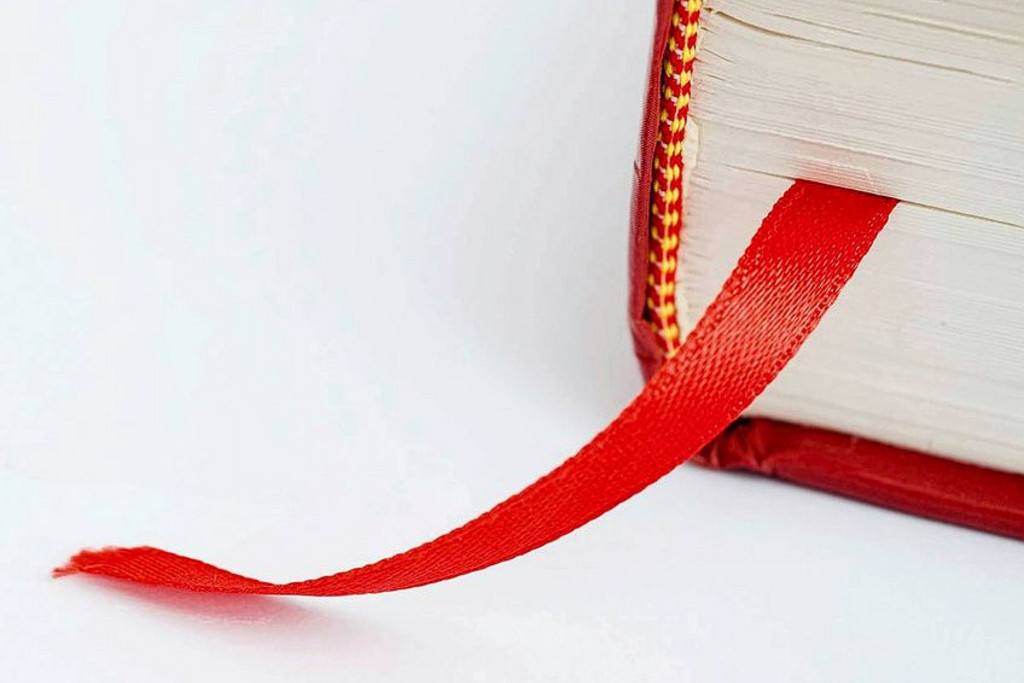
2018

2019

2021


Why did the first “Swiss Review” appear in 1974? And what about its journey since then? We look at the magazine’s evolution over the years – on its 50th birthday.
The cover of the first-ever “Swiss Review” in 1974 promised “fresh impetus” – albeit with regard to the revised statutes of the Solidarity Fund for the Swiss Abroad, and not the magazine’s own debut. Only towards the end of this inaugural publication did it become apparent to readers that this was the moment when all expats were now receiving the same information from the mother country. The launch of the “Swiss Review” was a pragmatic undertaking by its publisher, the Organisation of the Swiss Abroad (OSA), and by the federal government, which provided the magazine with funding from the outset.

“Both parties wanted to keep all Swiss Abroad up to date with news,” says Berne-based historian Rudolf Wyder, who was responsible for the “Swiss Review” in his role as OSA director from 1987 to 2013. Wyder also looks back at those early days of the “Swiss Review” in his 2016 book “Globale Schweiz”. He explains that the magazine was a federalist project.
In 1970, the OSA and the federal government began disseminating news via the existing regional expatriate publications. Firstly, a large print run saw all Swiss living in France receiving an expanded edition of the “Messager suisse de France” free of charge. Around a dozen other publications gradually followed in other parts of the world, “and this new global information network was up and running within four years”, says Wyder. It was before the internet – at a time when Mother Helvetia became increasingly aware of her children scattered around the globe.
An article of the constitution was created in 1966, stating that the Confederation “shall encourage relations among the Swiss Abroad and their relations with Switzerland”. The aim of the “Swiss Review” would be to “strengthen people’s attachment to Switzerland”, it said in the first-ever publisher notes.
The magazine would contain official communications and Swiss-related articles of general interest. A piece on the successful Valais ski racer Roland Collombin fulfilled this remit in the first edition of the “Swiss Review”. The journalist described Collombin as a “straightforward, happy-go-lucky sort of guy”.
This mixture of information and articles, supplemented by local news from expatriate associations, would continue for the next 50 years. Nevertheless, the magazine has changed a lot in the intervening time between its first edition and this, the 259th edition – as anyone can see who delves into old editions that are now available online (see box). Not only did the magazine eventually switch from black and white to colour, but its contents also gained substance.
Launched as a way to disseminate information to the Swiss Abroad, it initially came across as a very official publication. Photos of Federal Councillors often adorned the cover. Over time, the “Swiss Review” became a journalistic product that differentiates between official and editorial material, offers a range of views, provides analysis, moderates debates and covers diverse issues. “The 'Swiss Review' began to rely more on attractive content to appeal to readers,” says Wyder, who helped shape this evolution.
To mark our 50th anniversary, all the editions of the “Swiss Review” from 1974 to the end of 2023 are now available to view online. At the end of the year, our editions in 2024 will be added to this collection, which has been made possible by the Swiss National Library in cooperation with E-Periodica, the ETH Library’s platform for digitised Swiss journals (e-periodica.ch).
All editions of the “Swiss Review” were converted into digital format in all the relevant publication languages: www.revue.link/review50
(MUL)
In 1992, the Swiss Abroad were able to vote at federal level by post for the first time instead of having to travel to Switzerland to cast their vote in person. This boosted their political rights and, from the point of view of the Federal Council and parliament, afforded the “Swiss Review” greater scope in terms of giving expatriate voters the information they needed to form their own opinions. Reporting had to be balanced and unbiased. The OSA and Federal Department of Foreign Affairs (FDFA) set out this requirement in writing.
According to a recommendation by the Federal Council, the frequency of publication was to be doubled from four to eight issues a year. In the end, there was only enough funding for six issues. The magazine would also enjoy editorial independence. A committee was established as a supervisory body and as a point of contact in the event of complaints. This set-up has continued to the present day. It goes without saying that Swiss politics has always been one of the magazine’s key preoccupations, but the “Swiss Review” has never neglected issues related to culture, business, society or sport either.
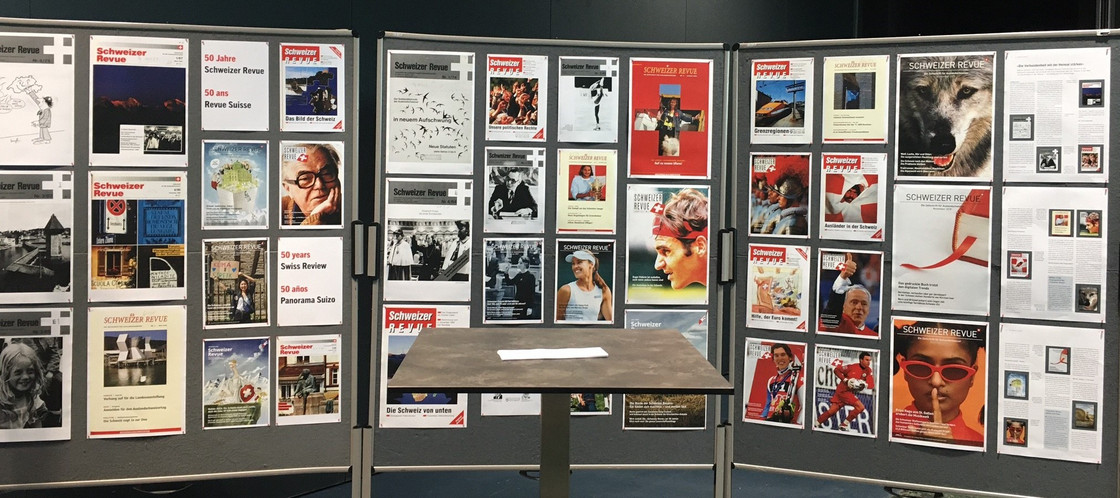
Readers’ letters and the editorial piece have often reflected a significant push and pull with regard to how Switzerland is portrayed to the magazine’s expatriate readership. Should the “Swiss Review” focus on the beautiful, traditional and successful aspects of Switzerland – like articles about fondue, the Glacier Express, or tennis legend Roger Federer who has appeared twice on the front page? Expats are our country’s living and breathing ambassadors. We should give them feel-good stories, shouldn’t we?
Or should the magazine also address darker issues – like it did when covering Switzerland’s urban drug crisis in the mid-1980s (e.g. 'Needle Park' in Zurich), or the Sandoz chemical disaster at Schweizerhalle in 1986, which killed the fish in the Rhine? Wyder remembers the angry response from readers and the Council of the Swiss Abroad to these specific articles. He and his editorial team were told to stop publishing such negative stories. But Wyder always wanted to give a truthful, not a sanitised account of reality, because he believed this was the best way to serve the Swiss Abroad.

It is good that the Swiss Abroad learn about the huge changes that are occurring within Swiss society, says Tim Guldimann, who reads the magazine and has lived abroad for many years. Guldimann, a former diplomat who lives in Berlin, is to date the only Swiss Abroad to have served on the National Council (2015–18). He is the president of the Museum Council of the Swiss National Museum, an institution also familiar with questions of identity. “More Kurds live in our country with its four official languages than people who speak Romansch,” he says. “Yet we still find it hard to admit how much Switzerland has itself become a nation of immigrants.” This applies to Swiss both in and outside Switzerland, he adds.
According to the erstwhile Swiss ambassador to Iran and Germany, the “Swiss Review” is a pillar of information for expatriate voters and a regular point of reference helping to foster a sense of community among the Swiss Abroad. This is important in his opinion, given that most Swiss Abroad have no affiliation to any expatriate associations. Guldimann has brought out a number of studies and is currently producing a podcast called “Debatte zu Dritt”.
Asked how the “Swiss Review” could improve, he says that the magazine could focus more on specific issues related to the Swiss Abroad, such as health insurance or Swiss bank accounts.
Former OSA Director Rudolf Wyder reports that Swiss living abroad have often held a copy of the “Swiss Review” in their hand when greeting him. “They want to show that the magazine means something to them, even if they don’t always read it from cover to cover.” Wyder has remained a loyal reader since retiring. He is involved in the Swiss Foreign Policy Society, which is why articles on foreign policy are of particular interest to him. Getting government funding for the “Swiss Review” was often hard work, he says. “And yet the magazine is still running, and I hope it keeps going for many years to come.”
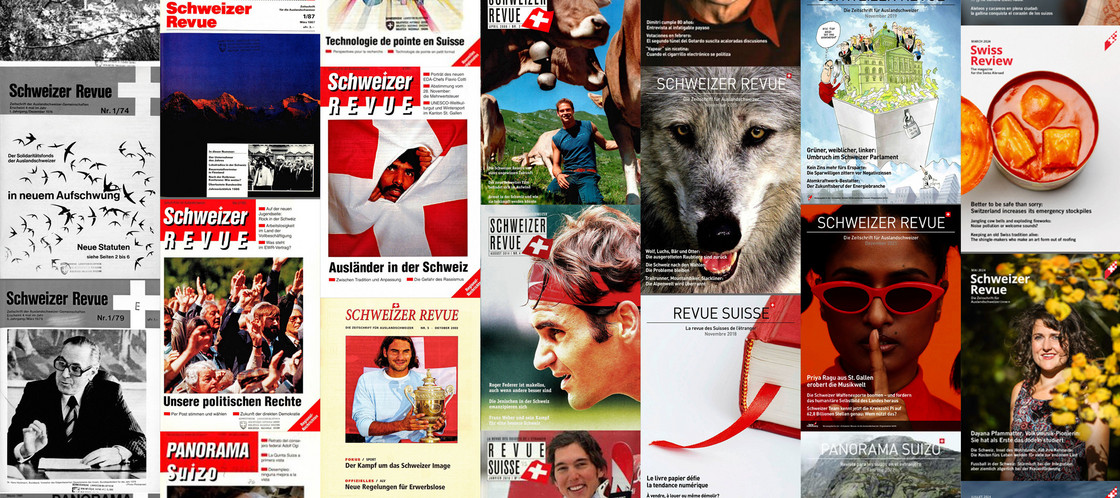
Comments